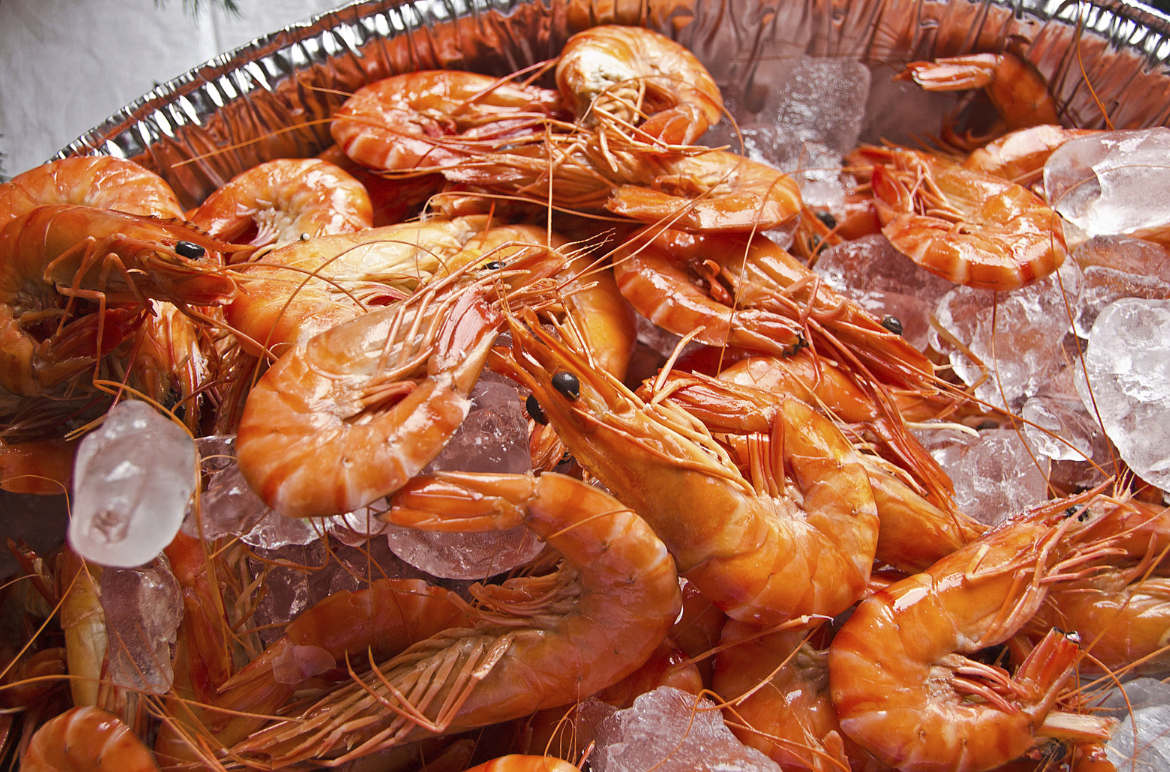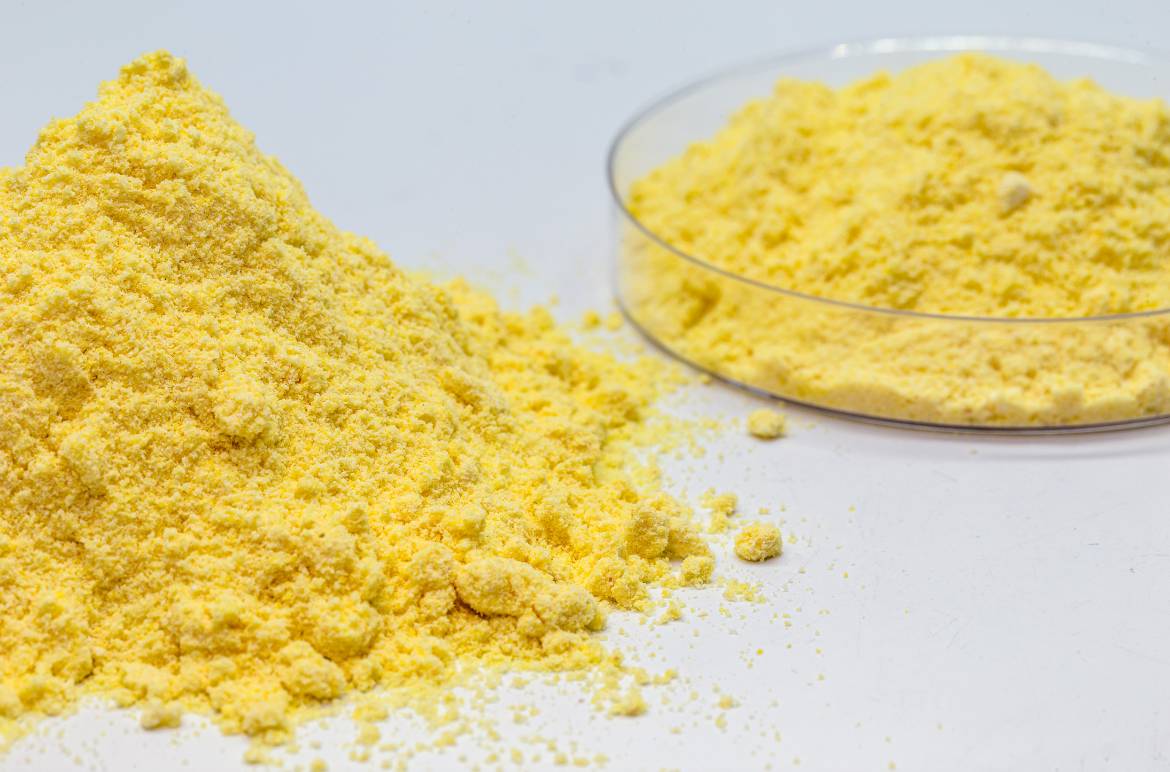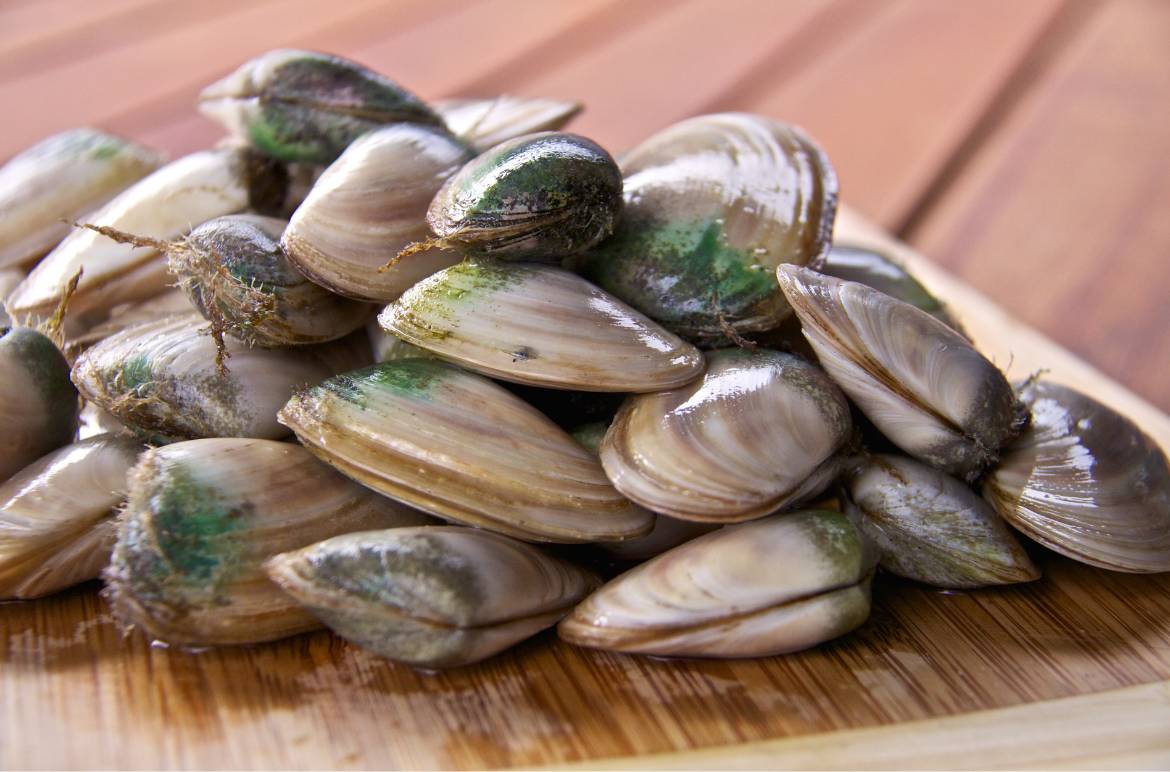Allergen-Free Certifications
Allergen-Free Certifications
With today’s high demand in clean manufactured foods, consumers look for the seals of approval that can be vital to your brand. We are here to assist in getting your products the necessary certifications in Gluten Free, USDA Organic, Non-GMO Project Verified, Whole Grain, and Kosher.







The Major Food Allergens
Although nearly any food can trigger an allergic reaction, there are specific common foods that cause the majority of reactions.

Milk Allergy
Milk allergies can cause serious reactions, ranging from mild rashes and digestive issues to severe anaphylaxis. One of the primary allergens in milk is casein, a protein found in the solid portion of milk. Casein can trigger immune responses even in trace amounts, making it a significant concern for individuals with dairy allergies. Individuals with cow's milk allergy must avoid all dairy products and ingredients derived from milk. Producing allergen-free foods requires strict precautions to prevent cross-contact with dairy proteins like casein. This includes dedicated equipment, rigorous cleaning protocols, and clear allergen labeling to ensure consumer safety. Providing transparent labels empowers individuals with dairy sensitivities to make informed choices and avoid allergens effectively.

Egg Allergy
Eggs are one of the most common food allergens. They can cause serious, life-threatening reactions in some people. For businesses, making egg-free products can be tough because eggs work as binders, leavening agents, and emulsifiers in many recipes. Plant-based options like flaxseed or chia seeds mixed with water are good for binding. Applesauce or mashed bananas add moisture and sweetness for baking. Commercial egg replacers are also a great choice for allergen-free production—providing safe alternatives while keeping product quality high.

Peanut Allergy
Peanuts are a top cause of food allergy reactions. Even small amounts can cause symptoms, from mild hives to severe anaphylaxis. Cross-contact during production is a big risk for people with peanut allergies. Nut-free options help keep products safe and inclusive. Ingredients like seeds, lentils, or peas can replace peanuts in recipes. Careful allergen control—like using separate equipment—is key to avoid cross-contamination during manufacturing. Clear labeling protects consumers and builds trust with those who have peanut allergies.

Soy Allergy
Soy allergies can cause serious reactions in some people. Avoiding soy means finding safe substitutes that still keep the product tasting good. Ingredients like pea protein, sunflower lecithin, and coconut amino acids work well as soy replacements in allergen-free products. These options are safe and flexible, making them useful for many recipes. Careful sourcing is important to make sure these alternatives stay free from cross-contamination with other allergens.

Wheat Allergy
Many people have wheat allergies or celiac disease. Because of this, gluten-free options are very important for allergen-free products. Using flours like rice, almond, or coconut helps make safe and tasty foods without using wheat. It’s also important to avoid cross-contamination during production. Dedicated facilities and careful handling can keep gluten out of the final product. Clear labels on food help customers find allergen-free choices easily.

Tree Nut Allergy
Tree nut allergies can cause severe reactions. Avoiding nuts like almonds, cashews, and walnuts is key for safety. Food businesses can use seeds like sunflower or pumpkin as substitutes in allergen-free recipes. Coconut, often thought of as a tree nut but classified differently, is another safe choice for many. Products without tree nuts need clear labels to build trust and avoid confusion. Manufacturing should happen in facilities that prevent cross-contamination with allergens. This helps keep products safe for allergic consumers while meeting strict food allergy guidelines.

Shellfish Allergy
Shellfish allergies can cause serious reactions. Shrimp, crab, and lobster are common triggers. Cross-contact in kitchens is a big risk for people with this allergy. Staying away from these foods completely is the safest choice. Substitutes like plant-based seafood options provide allergen-free solutions. Products made from seaweed or legumes copy the texture and taste of shellfish without the risks. These choices help businesses create safe, inclusive menus and avoid allergy issues for sensitive customers.

Fish Allergy
Fish allergies can cause serious reactions and are quite common. Food businesses need safe seafood options for allergic customers without risking their health. Plant-based seafood alternatives, like jackfruit or konjac root, offer allergen-free solutions. These mimic the texture and taste of fish while avoiding allergens. Seaweed-based products are another sustainable choice for allergen-free options. They add nutrients and copy flavors found in regular seafood dishes. Clear labeling helps share information about these fish-free choices, keeping consumers informed and confident in the products they choose.

Sesame Allergy
Sesame is now a major food allergen in the U.S. It can cause serious and life-threatening reactions like anaphylaxis. The FDA requires clear sesame labeling on food products. This helps people with sesame allergies stay safe. Businesses must carefully check ingredients for hidden sources of sesame, such as oils, seeds, or flavorings. To make allergen-free foods, brands are finding new substitutes. Seeds like flax or chia give similar textures without causing common allergy symptoms. Using dedicated facilities stops cross-contamination and creates safer products for those with allergies. Clear labels and strict rules are key to building trust in allergen-safe options.

Sulphites/Sulphur Dioxide
Sulphites, also known as sulphur dioxide, are chemical compounds often used as preservatives in foods and beverages to extend shelf life and prevent spoilage. They are commonly found in dried fruits, wines, pickled foods, and some processed baked goods. People with sulphite sensitivity may experience symptoms such as asthma, headaches, or skin reactions. In severe cases, sulphites can trigger anaphylaxis, making it essential for sensitive individuals to avoid them and check product labels carefully.

Celery
Celery, a popular vegetable used in soups, salads, and seasonings, can trigger allergic reactions in some individuals. Celery allergy symptoms range from mild itching or swelling in the mouth to severe reactions like anaphylaxis. The allergenic proteins in celery can remain active even after cooking, making it a potential hazard in both raw and processed forms. Labeling regulations require manufacturers to clearly indicate celery as an ingredient in packaged foods to protect those with allergies.

Lupin
Lupin is a legume used in flours, baked goods, and as a gluten-free alternative in various foods. While it is nutritious, lupin can cause allergic reactions, especially in individuals already allergic to peanuts or other legumes. Symptoms may include skin rashes, respiratory issues, or anaphylaxis in severe cases. As its use in food products becomes more common, clear labeling is crucial to help individuals with lupin allergies avoid accidental exposure.

Mustard
Mustard, a common ingredient in condiments, dressings, and spice blends, is a significant allergen for some individuals. Mustard allergy can cause symptoms such as skin rashes, respiratory distress, and in rare cases, life-threatening anaphylaxis. Both the seeds and processed forms, such as mustard powder or oil, can trigger reactions. Due to its widespread use in processed foods, clear allergen labeling is critical for those managing mustard allergies.

Molluscs
Molluscs, including clams, mussels, oysters, and squid, are a type of shellfish that can cause severe allergic reactions in sensitive individuals. Symptoms may range from mild hives to potentially fatal anaphylaxis. Mollusc allergens can be present even in trace amounts, making cross-contamination a concern. Careful label reading and avoidance of molluscs and mollusc-derived products are vital for those with this allergy.

Coconut
Coconut allergy is relatively uncommon but can cause allergic reactions ranging from mild skin irritation or digestive discomfort to severe anaphylaxis in sensitive individuals. Although classified as a tree nut by the FDA, coconut is botanically a fruit, and its allergenic proteins differ from those in common tree nuts like almonds or walnuts. People with coconut allergies must avoid coconut-based products, including coconut milk, oil, and flour, as well as processed foods that may contain coconut derivatives. Clear labeling and awareness are crucial to help individuals with coconut allergies manage their condition safely.
Allergen-Free Manufacturing Practices at Taylor Gleason Enterprises
We take allergen-free production seriously and make it our top priority. Our strict processes ensure safety and quality at every step—no shortcuts, no compromises.
Allergen-Free Ingredient Sourcing
Sourcing allergen-free ingredients is very important for safety. Each ingredient gets strict checks to avoid risks like tree nut, wheat, or egg allergy triggers. Suppliers must follow clear rules and show proof of an allergen-free process.
Every product meets high standards to protect customers from common food allergies. Careful sourcing ensures no cross-contamination with peanuts, fish, or other allergens. This extra care helps prevent serious allergic reactions.
Dedicated Facilities and Cross-Contamination Prevention
The facility keeps major food allergens, such as peanuts and tree nuts, completely separate. This ensures safe production of allergen-free products. Equipment is cleaned thoroughly to prevent cross-contamination, reducing risks for wheat or soy allergies too.
Strict rules are followed every day to avoid dangerous allergic reactions. Every step focuses on safety—from choosing ingredients to packaging the final product.
Allergen-Free Certification and Compliance Standards
Certifications help ensure food safety and build trust with customers. They show that products meet strict allergen-free standards, lowering risks from tree nut or peanut allergies, among others.
Groups like SQF and BRCGS check cleanliness, ingredient sourcing, and steps to prevent cross-contamination to stay compliant.
Clear food labels are key to meeting these standards. Listing all common allergens helps prevent serious allergic reactions. Regular inspections, staff training, and thorough testing keep processes on track with certification rules—boosting confidence in every product created.
Conclusion
Food allergens can pose serious risks to consumers. Understanding and addressing them is key for safe food production. At Taylor Gleason Enterprises, we make allergen safety a top priority.
With careful practices and trusted expertise, we help businesses create products that everyone can enjoy safely. Together, let’s support better options for all!
FAQs
1. What are the most common food allergies?
The nine foods responsible for most food allergies include peanuts, tree nuts, wheat, milk, eggs, soy, fish, shellfish, and sesame.
2. Can a tree nut allergy cause severe reactions?
Yes. A tree nut allergy can lead to potentially life-threatening reactions like anaphylaxis if not treated quickly.
3. How do I recognize food allergy symptoms?
Common symptoms include hives, swelling, stomach pain, difficulty breathing, or even dizziness after eating certain foods.
4. Is a peanut allergy different from other common food allergies?
Peanut allergies are often more severe than others and can trigger rapid allergic responses even in small amounts of exposure.


